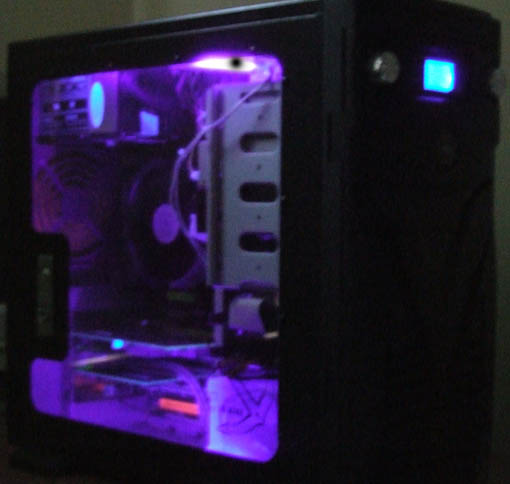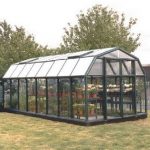There are several reasons why one would want to build a computer of their own. Building a computer system of your very own allows you to create a machine that exactly matches your computing needs. Since you already know the parts you put into your computer, upgrading the machine won’t be that hard. One final reason is the fact that you can save money in the process. If you’re interested here are the steps on how to build a computer.
Picking a Motherboard
The first step on how to build a computer is to get a type of motherboard that you will need. All the necessary components will depend on the type of motherboard you purchase. The non-motherboard dependent peripherals can be bought later. The board you choose will determine what essential components you can purchase for system upgrades in the future.
There are several types of motherboards out there but since many people consider the prices of these components we’ll go by this category. The first classification we have is the cheap motherboard. These motherboards are designed for older computers and would cost you some $50 or so.
Mid-range priced motherboards will cost you from $50 to $100. In many cases with mid-range motherboards, they are usually sold as motherboard + CPU combos that save you some money. Mid-range motherboards are good for home or office computers.
If you’re looking to assemble a video workstation or a gaming machine then you should go for high-end motherboards. This will eventually cost you from $100 to $200. These are the latest motherboards to come out in the computer market and will support the latest CPU chips out there.
If you intend to engage in some extreme computing, then you should get an extreme motherboard, which will really cost you way above $200. These boards can support multiple CPUs, additional memory slots, state of the art cooling systems, and other fancy features.
Motherboard Dependent Components
The next step on how to build a computer is to select the motherboard dependent components. These will include matching processors, RAM, video card, hard drive, and other expansion cards. The expansion cards usually go into the PCI slots on your board. The motherboard manufacturer will usually have information on what components are supported by your motherboard. You can choose these components according to your needs depending on your budget.
Non-Motherboard Dependent Components
The last step on how to build a computer will be to get components that are not dependent on your motherboard. These will include a printer, web cam, mouse, keyboard, monitor, and other external devices that you might require.



